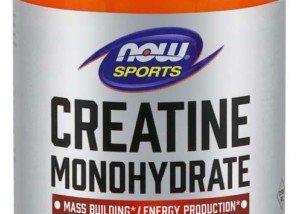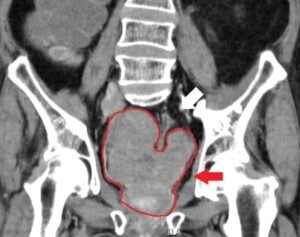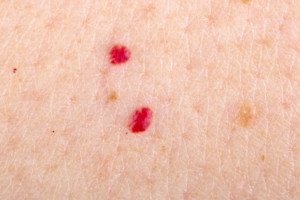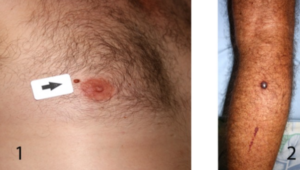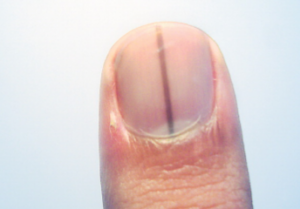Creatine has long been popular among muscle building athletes for enhancing strength and building muscle mass.
It’s now increasingly being recognized for health benefits beyond gym workouts.
According to Dr. Richard Kreider, professor and director of the Exercise & Sport Nutrition Lab at Texas A&M University, creatine is vital for cellular energy – but also for overall health.
It’s naturally stored in muscles and combines with phosphate to form creatine phosphate — extremely important for producing energy at the cellular level.
Maintaining cellular energy is particularly important during intense exercise.
How much creatine do you need?
While the body naturally produces about one gram of creatine per day, Dr. Kreider notes that the minimal recommended intake is between two to four grams daily.
This range depends on one’s muscle mass and exercise habits.
The primary dietary sources of creatine are meat and fish.
- One pound of red meat or fish = about one gram of creatine.
- You can see how most people would fall short of the daily recommendation.
- Imagine eating two to four pounds of meat and/or fish every single day. That’s a heck of a lot of meatballs.

Eat four times more meatballs than shown here for four grams of creatine.
Clearly, most people fall short of the daily recommendation via food intake only.
Supplementation will solve this problem.
For athletes, Dr. Kreider recommends a loading phase of five grams of creatine, four times a day for one week to fully saturate muscle stores.
This recommendation is also found on the label for creatine powder.
After that, a maintenance dose of five to ten grams daily helps support muscle energy levels, improve high-intensity exercise performance, recovery and even cognitive function.
Not just for “Muscle Heads”
The paper points out that creatine is important throughout one’s lifespan, even if they give up bodybuilding or other forms of building muscle.
In older adults, creatine supplementation can help counteract muscle loss and cognitive decline.
The muscle loss that’s noted here isn’t in reference to losing large amounts of muscle that have been built up in the gym.
It references loss of average or baseline muscle mass.
Losing from this baseline will result in weakened bones, a higher risk of injury from slip-and-falls, and a greater chance of chronic pain and wear-and-tear from all sorts of activities such as yardwork, hiking, golf, etc.
Loss of general muscle mass also puts a person at higher risk of developing obesity or excess visceral fat.
The Safety of Creatine
In a comprehensive review published in the Journal of the International Society of Sports Nutrition (Feb. 2025), Dr. Kreider and colleagues analyzed 685 clinical trials to assess the safety of creatine supplementation.
The findings showed no significant difference in side effects between creatine and placebo groups.
As for common concerns like bloating or cramping, Dr. Kreider said the science doesn’t support them.
In fact, creatine may reduce cramping by helping the body retain more fluid.
Despite years of misinformation, Dr. Kreider says in the paper: “Creatine is safe, effective and beneficial — not just for athletes, but for everyone.”
 Lorra Garrick is a former personal trainer certified by the American Council on Exercise. At Bally Total Fitness, where she was also a group fitness instructor, she trained clients of all ages and abilities for fat loss and maintaining it, muscle and strength building, fitness, and improved cardiovascular and overall health.
Lorra Garrick is a former personal trainer certified by the American Council on Exercise. At Bally Total Fitness, where she was also a group fitness instructor, she trained clients of all ages and abilities for fat loss and maintaining it, muscle and strength building, fitness, and improved cardiovascular and overall health.
.


